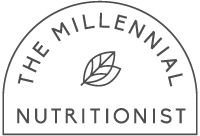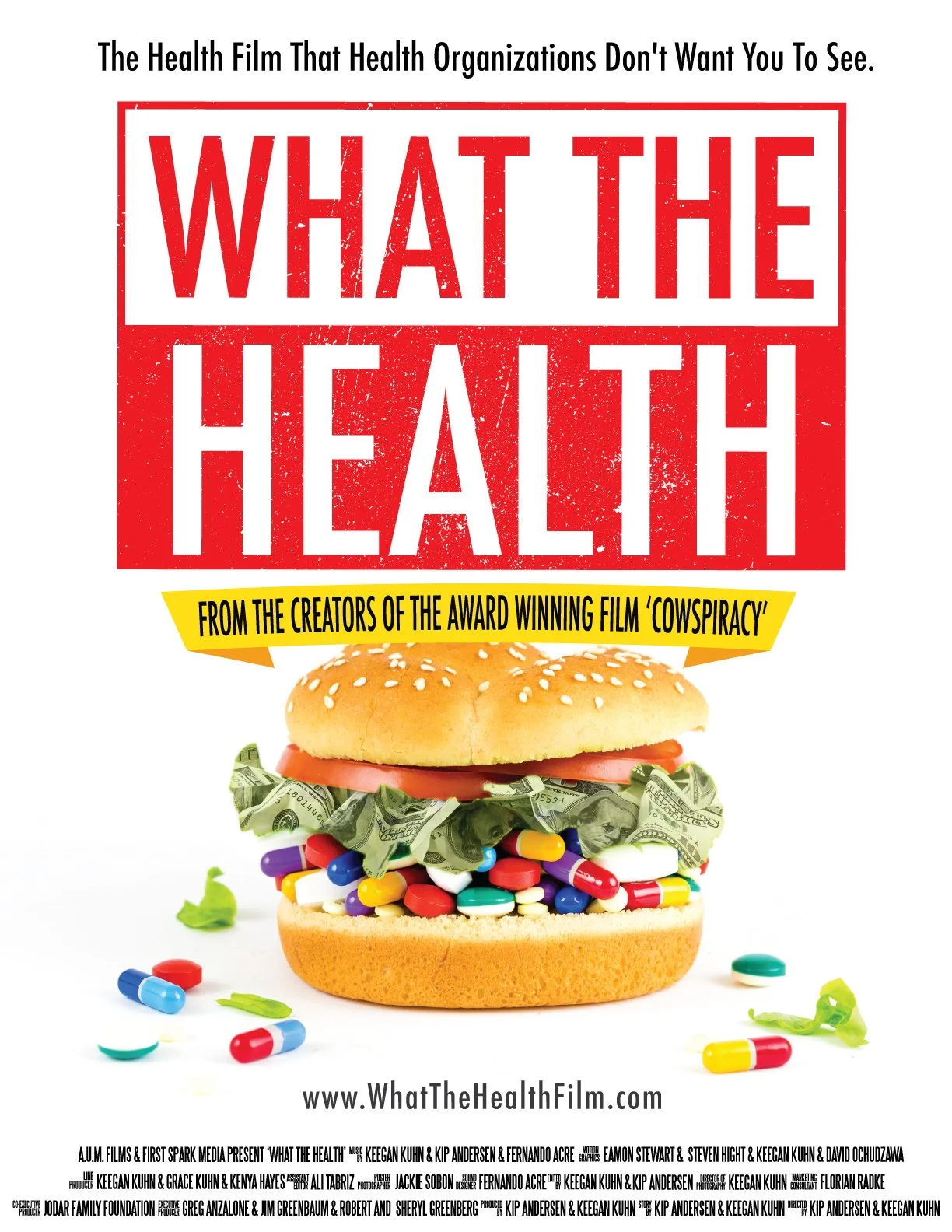What are Fermented Foods And Are They Good For Me?
Written by Sarah Hester RD, MS
Some of our favorite foods are a result of the natural chemical reaction called fermentation. Foods like sourdough bread, yogurt, wine, and beer are all made possible by tiny bacteria, yeasts or other microorganisms. These microorganisms break down the food so that it can be stored for longer, taste yummy, and have some health benefits. It’s a win-win-win, really. The process of fermentation has been used throughout centuries to make food more storable (i.e. turn fresh food into something that will feed you through, let’s say… a long, cold winter). Turns out, these foods are delicious and may have health benefits that our ancestors took note of long ago.
When foods are fermented, they produce probiotics. Probiotics are healthy bacteria that have been linked to good gut health. You can find probiotics in supplement form, but we always recommend looking for a food source of a nutrient or compound first. So, give these friendly fermented foods a try!
Yogurt
Yogurt is made by essentially fermenting milk to produce a thicker, creamier milk that we call yogurt. Most yogurts contain probiotics but to be sure look at the packaging to find any type of phrase about “live and active cultures” or Latin names of bacteria strains (L. Acidophilus, S. Thermophilus, etc.). If you find either of those, the yogurt contains probiotics!
Kefir
Just like yogurt, milk is fermented using a certain strain of cultures or bacteria that produce an acidic-tasting smooth drink, just a little thicker than milk. You can find kefir on grocery store shelves plain or flavored. Beware, kefir does taste different than milk and is usually used in things like smoothies to balance out its slightly acidic flavor. Add plain kefir to your next smoothie, you won’t even notice!
Kimchi
Kimchi originates from Korea over 3,000 years ago. Cabbage, along with a paste of chilis, salt and other hearty vegetables like carrots, onions and ginger are fermented to produce spicy-pickled vegetables known as kimchi. Let the flavor grow on you by adding small amounts to the side of your breakfast eggs, or in your next noodle bowl.
Fermented Pickles
All pickles are made using the magical process of fermentation but the process to make shelf-stable pickles kills the beneficial probiotics that were formed. That’s ok, those babies are still delicious! But if you are searching for pickles that contain probiotics, search in the refrigerated deli section of your grocery store. Some brands will even call out that they are fermented, like the Cleveland Kitchen brand of pickles and products (they have a lot of kimchi flavors too!).
Miso
Miso is a thick paste made of fermented soybeans, originating from ancient Japan. Miso and other fermented foods give an “umami” taste. Umami is one of the five tastes we can pick up on our taste buds (sweet, salty, sour, bitter, and umami). It is the “meaty” or savory taste often associated with fermented foods, animal proteins, mushrooms, and cheeses. Miso paste is an ingredient used in not only Japanese culture but in other foods nowadays. It can be used in soups, ramen, salad dressings, marinades, roasted vegetables and even in sweet treats like brownies for an added layer or flavor complexity.
Cover Photo: Bianca Zapatka





